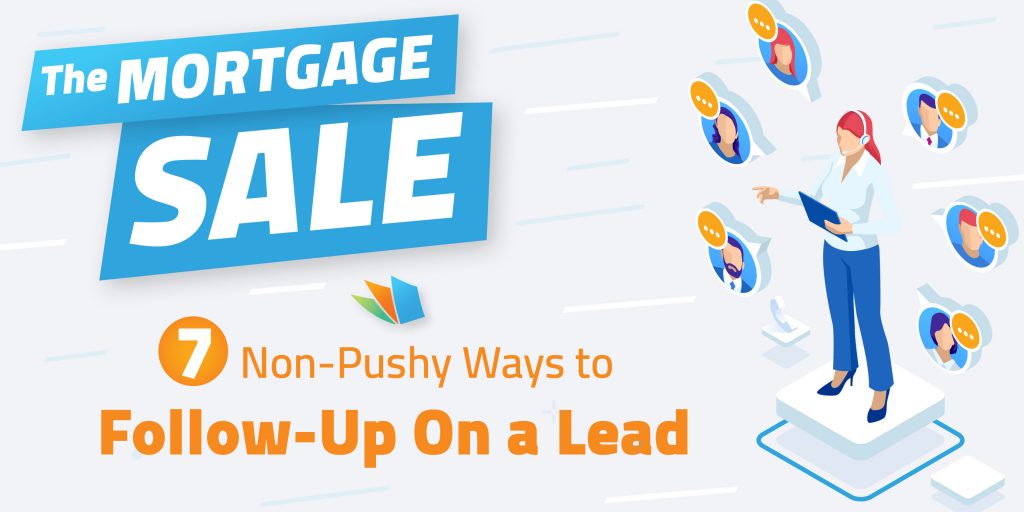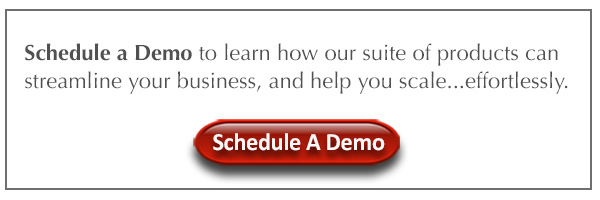 Generating mortgage leads isn’t always about immediate conversions. Many prospects hesitate to complete a full application on their first visit, preferring instead to explore their options and weigh their decisions carefully. While we hope for instant commitments, it’s crucial to recognize that most lead conversions require nurturing over time, building trust through personalized engagement, and demonstrating consistent value that aligns with their evolving needs and priorities.
Generating mortgage leads isn’t always about immediate conversions. Many prospects hesitate to complete a full application on their first visit, preferring instead to explore their options and weigh their decisions carefully. While we hope for instant commitments, it’s crucial to recognize that most lead conversions require nurturing over time, building trust through personalized engagement, and demonstrating consistent value that aligns with their evolving needs and priorities.
Your mortgage sales funnel, supported by your mortgage website and your online presence, is what primarily gets this done. But your personal touch is what often brings that lead to the finished line.
However, most originators miss revenue opportunities because they ignore giving personal attention. Studies confirm that most conversions require five touches or follow-ups. Sadly, most originators give up after making only one or two attempts.
Streamline your business and free up your time to engage and convert your mortgage leads with Loanzify POS.
If this sounds like you, we’re about to help you fix that mistake. Here’s everything you need to know about the art of following up on mortgage leads.
Best Mortgage Sale Follow-Up Techniques for Loan Originators
Just as the adage goes, “Learn to walk before you run,” the process of mortgage lead follow-ups requires a structured approach. Ensure your lead acquisition and nurturing strategy is robust with these foundational elements:
- A Content-Rich Mortgage Website: Establish a content-rich website dedicated to mortgages. It should not only showcase your services but also provide valuable resources and educational content for potential borrowers. Our AI-powered website builder makes this incredibly easy.
- Positive Online Borrower Experience: Prioritize creating a seamless and positive experience for online visitors. This includes intuitive navigation, mobile responsiveness, and engaging content that addresses common borrower questions and concerns.
- Simplify Operations: Integrate a CRM system with your mortgage Point of Sale (POS) and sales funnel to streamline operations. This integration enhances lead management efficiency, automates follow-up tasks, and offers valuable insights for personalized interactions. By reducing manual tasks, you’ll have more time to focus on nurturing leads and closing deals effectively.
Have these basics set up, and you’ll be able to give each lead the relentless attention it needs to flip it into a funded loan.
Utilize Multiple Follow-Up Methods:
Ensure Purpose and Value in Every Follow-Up
Each time you reach out, have a clear purpose that goes beyond a generic “check-in” or aggressive sales pitch, as neither approach is likely to engage your prospect effectively.
To conduct follow-ups that resonate without coming across as pushy, focus on delivering value. Effective note-taking is key here; refer to your CRM notes to address previous pain points, such as interest rate reductions or other challenges they hope to solve through a new mortgage or refinance.
By leveraging this information, you can deepen understanding and build trust. Even if a conversion doesn’t happen immediately, each interaction brings you closer to it.
Looking ahead, consider providing valuable resources in your next follow-up, such as an article from your website that directly addresses their specific concerns. This approach demonstrates your commitment to addressing their needs and adds tangible value to your communication.
Focus On Benefits, Not Features
Research from Harvard Business School highlights that consumers were more to purchase if presented with the benefits rather than the features.
In the context of mortgage sales follow-up, this means emphasizing outcomes that matter to the prospect. For example, instead of highlighting a specific interest rate drop by 1% for a thirty-year term, you might focus on how refinancing could save them $115 per month.
The key is to articulate how their life can improve or what specific problem can be solved by choosing your loan solution. By selling the benefits, you make your offer more compelling and relevant, prompting action from the prospect.
Pace Your Follow-Up Rhythm
Spacing out your follow-ups helps to prevent coming off as annoying. Some purchases are made impulsively, but large financial decisions move at a slower pace. While there’s no exact guideline, a follow-up about once a week is typically a good rhythm.
Keep in mind the prospect’s time frame. If they expressed an urgency to access their equity, it’d be good to speed up the follow-up pace. Otherwise, slow it down and keep it brief.
Mortgage website templates ready to capture leads right-out-of-the-box! Free 14-day trial.
Make It Short But Memorable
It’s not an exaggeration that a consumer’s attention spans are less than that of a goldfish. A recent study by Microsoft found that the consumer’s attention span is now eight seconds, down from twelve seconds just two decades ago –and shorter than that of a goldfish!
Make the most of your eight seconds by defining the purpose for following up (“The purpose for my call is…”) and provide them with the next steps.
Also, limit your emails to six to seven short sentences and phone calls to less than ten minutes.
Make it Clear What Their Next Steps Should Be
If your mortgage sales pitch memorable, your prospect will likely consider taking you up on your offer. Therefore, make it very clear what will happen next or what action they should take.
For example, if they say they want to discuss it first with their spouse, schedule a conference call or video call with both of them for the following week. You can also let them know that you’ll send them a link where they can start the application process so you can have the info on-hand to give them accurate financing scenarios during the call.
Be warned not to let them get away with an “I’ll get back to you to schedule that call” because it’s unlikely they will. And trying to re-engage the mortgage prospect who left things uncertain is more difficult.
Know When To Stop Following Up
There will come a time when continually contacting an idle prospect becomes pointless and a drain on your resources. You might start to wonder if it’s time to stop chasing the lead.
Some sales gurus say to follow up until you have a definitive “stop” from the prospect. However, we tend to side with the philosophy that five to six follow-ups are best since most consumers decide to buy by this time.
When you decide that it’s time to “break-up” with the prospect, don’t just stop contacting them. Instead, send a break-up email. Thank the prospect for the opportunity, wish them the best, and let them know that you will no longer be following up with them.
The point of this email is to split on favorable terms. Should they decide to take action in the future, they’ll remember you in a positive light and may reach out to you again. Another goal for this break-up email is to give them a sense of urgency –enticing a fear of losing out because you’re leaving. This fear might be just the tipping point they needed to get the loan application going.
Following up with a prospective home buyer doesn’t come naturally to all loan originators. That’s why so many give up after only two attempts. But remember that you’re not trying to pressure or spam anyone into applying for a loan –your services truly provide a solid solution to their financing problems. Focus on consistently providing value and soon that value will be reflected in your profit margin.


Pingback: Loan Automation E-Book: How to Balance Lending Software with the Human Touch | LenderHomePage